Success in the ISLPR Reading test rests on one central skill. You must be able to identify the main idea of a passage and distinguish it from the supporting details that develop and justify that idea. This skill determines how well you summarise, infer, and respond to comprehension questions.
ISLPR reading test also underpins your ability to read efficiently under time pressure. This essay explains what main ideas and supporting details are, how to recognise them, how to avoid common traps, and how to practise systematically so that your performance becomes consistent and confident.
What is a main idea?
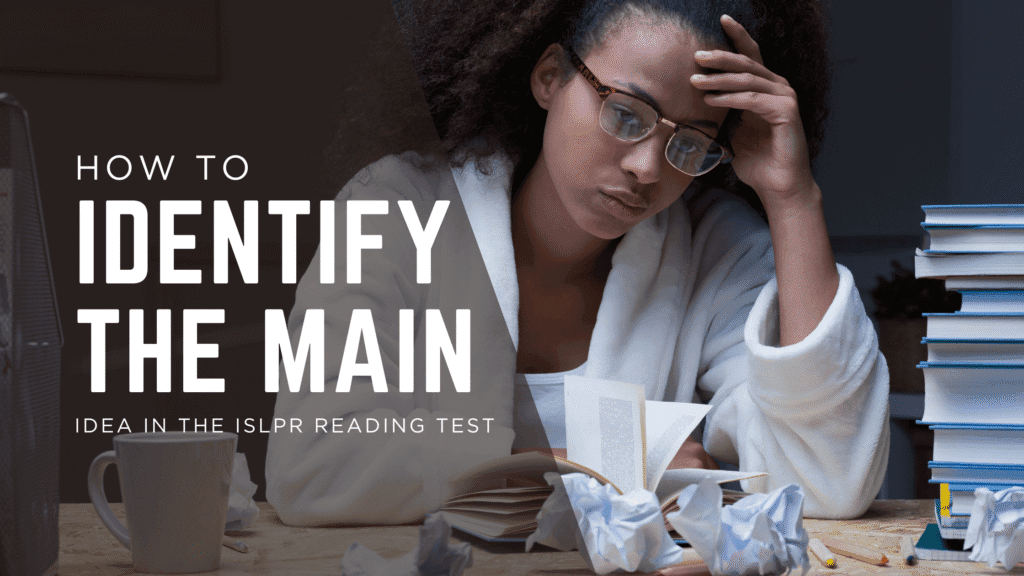
The main idea is the central message of a paragraph or passage. It answers the question what is the author mostly saying about the topic. Think of it as the thread that ties every sentence together. It is not the title, nor is it a statement that simply names the topic.
Rather, it is a sentence that makes a claim or presents a controlling idea. In the ISLPR Reading test, you may meet texts that are expository, persuasive, procedural, or descriptive. In each case, the main idea will express a position, a conclusion, a process outcome, or a dominant impression.
A useful test for a main idea is coverage and exclusivity. Coverage means the statement accounts for most of the information in the passage. Exclusivity means the statement does not rely on information that the passage does not provide. If a candidate proposes a sentence that covers only part of the passage, it is probably a supporting detail and not the main idea. If a candidate proposes a sentence that adds assumptions, it is not grounded in the text and therefore is unreliable.
Where main ideas hide
Writers often place the core idea in expected locations, although ISLPR reading passages can vary. In short paragraphs the main idea is often in the first sentence or the last sentence. In analytical or persuasive paragraphs it may appear as a topic sentence followed by reasons and examples. In narrative or descriptive writing the main idea can be implied rather than stated. In that case you infer it by asking what the author most wants the reader to understand after reading the passage.
Headings and subheadings can guide you. However, do not mistake a heading for the main idea. Headings give topic labels, while the prose communicates the claim. Signal words also provide clues. Words such as therefore, in summary, overall, and the study shows often introduce a sentence that encapsulates the central point. Contrast markers such as however and although signal shifts in argument that may lead to a refined or final main point near the end.
What are supporting details
Supporting details are the evidence that develops the main idea. They can be facts, examples, statistics, explanations, comparisons, causes and effects, or expert opinions. Their purpose is to answer how and why the main idea is valid. High scoring ISLPR reading responses show an ability to separate the main claim from the scaffolding around it.
When a question asks for a summary, you should state the main idea in your own words and include only the most essential supporting details that prove it. When a question asks for evidence, you should cite the exact detail that the question targets.
A simple check is to remove a sentence and ask whether the passage still makes sense at a high level. If it does, the deleted sentence is likely a supporting detail. If removing the sentence collapses the overall meaning, you have probably cut the main idea.
A step by step method
The following process is efficient and adaptable to exam timing.
- Preview quickly. Read the title and scan the first and last sentences of the passage. Ask yourself what seems to be the central claim.
- Read for structure. As you read, label each paragraph with a margin note such as problem, cause, effect, example, counterargument, or recommendation. These labels help you see how the details organise around a central idea.
- Identify candidate main idea sentences. Mark sentences that appear to summarise or conclude. Look for signal words and repetition of key nouns.
- Test each candidate. Apply coverage and exclusivity. Choose the sentence that best accounts for the whole passage without adding unstated assumptions.
- Map details to the claim. Underline statistics, examples, and explanations. Next to each, write a short tag such as evidence, example, or reason. This tags and connects each detail to the main idea.
- Paraphrase. Write a one sentence main idea in your own words. Then add one or two crucial supporting details that prove or explain it. Keep the paraphrase concise and faithful to the text.
Worked micro example
Text
Community gardens in urban schools have improved student nutrition and engagement. Schools report increased consumption of fresh vegetables, teachers note stronger teamwork in project based lessons, and local councils provide small grants to expand the gardens next year. Challenges remain with maintenance during holidays, but parent volunteers have reduced this problem.
Main idea
The introduction of school community gardens has improved student outcomes and attracted local support, despite some maintenance challenges.
Key supporting details
Increased vegetable consumption. Stronger teamwork in lessons. Grants from local councils for expansion. Holiday maintenance is a challenge but parent volunteers help.
Notice how each detail demonstrates or qualifies the claim rather than replacing it. The sentence about maintenance is a counterpoint that refines the main claim but does not overturn it.
Common traps and how to avoid them
First, do not mistake interesting facts for the core message. In the example, the grants are important but secondary. The main idea still concerns improvement in outcomes. Second, beware of examples that are too specific. If you choose a detail as your summary, you risk being narrow and missing the broader point. Third, do not import prior knowledge.
ISLPR reading questions assess your reading of the given text, not your background information. Fourth, watch for contrast structures. A text may set up a problem and then offer a solution. The main idea usually lives in the solution or evaluation, not in the problem itself. Finally, separate author view from reported views. If a passage quotes several opinions, look for the author’s stance in the framing sentences, not inside the quotations.
Handling implied main ideas
Some passages require inference. Use the WHO WHAT SO WHAT approach. Identify the subject who or what. Identify what is being claimed or what happens. Decide the so what which is the significance or evaluative point. Combine these into a single sentence. For example, if a passage describes several training programs that reduce staff turnover, the implied main idea may be that targeted professional development can stabilise the workforce.
Managing time and accuracy
ISLPR reading tasks reward efficient reading. Skim for structure during the first pass. Then read in detail only where questions demand precision. Use question stems to guide focus. If a question asks for the main idea, answer in one clear sentence first, then add one key support if needed. If a question asks for a specific supporting detail, quote or paraphrase the exact sentence and reference its role in the argument. Maintain a calm pace. It is better to provide a correct concise summary than to list many unconnected details.
Language for high scoring responses
Good answers use neutral, precise language. Replace adjectives that express opinion with nouns that capture function. Use verbs like argues, concludes, demonstrates, and contrasts. Avoid copying long phrases from the passage. Paraphrase to prove comprehension. Keep punctuation clean and sentences controlled. One sentence for the main idea, followed by one or two sentences for the strongest details, is usually sufficient unless the prompt requests more.
Practice routines
Build fluency with short daily drills. Choose articles of two to three paragraphs from reliable sources. Time yourself for three minutes to find the main idea and two key supports. Write them in your own words. Check by asking whether your summary would allow a reader to predict most of the details.
On alternate days, practise the reverse. Extract three details and infer the main idea that unites them. Finally, simulate exam pressure by completing a set of passages with strict timing. Review errors and classify them by cause such as missed signal words, confusion between topic and claim, or reliance on background knowledge.
Conclusion
Identifying main ideas and supporting details is the foundation of reading success in the ISLPR reading test. The main idea presents the central claim, and the supporting details provide the evidence and explanation that make the claim credible. By previewing strategically, reading for structure, testing candidate sentences, tagging details, and paraphrasing in your own words, you can produce clear, accurate answers under time pressure.
Regular practice with a simple routine will make this process automatic. Over time you will read with purpose, summarise with precision, and respond to questions with the confidence that comes from understanding not just what the text says, but how and why it says it.


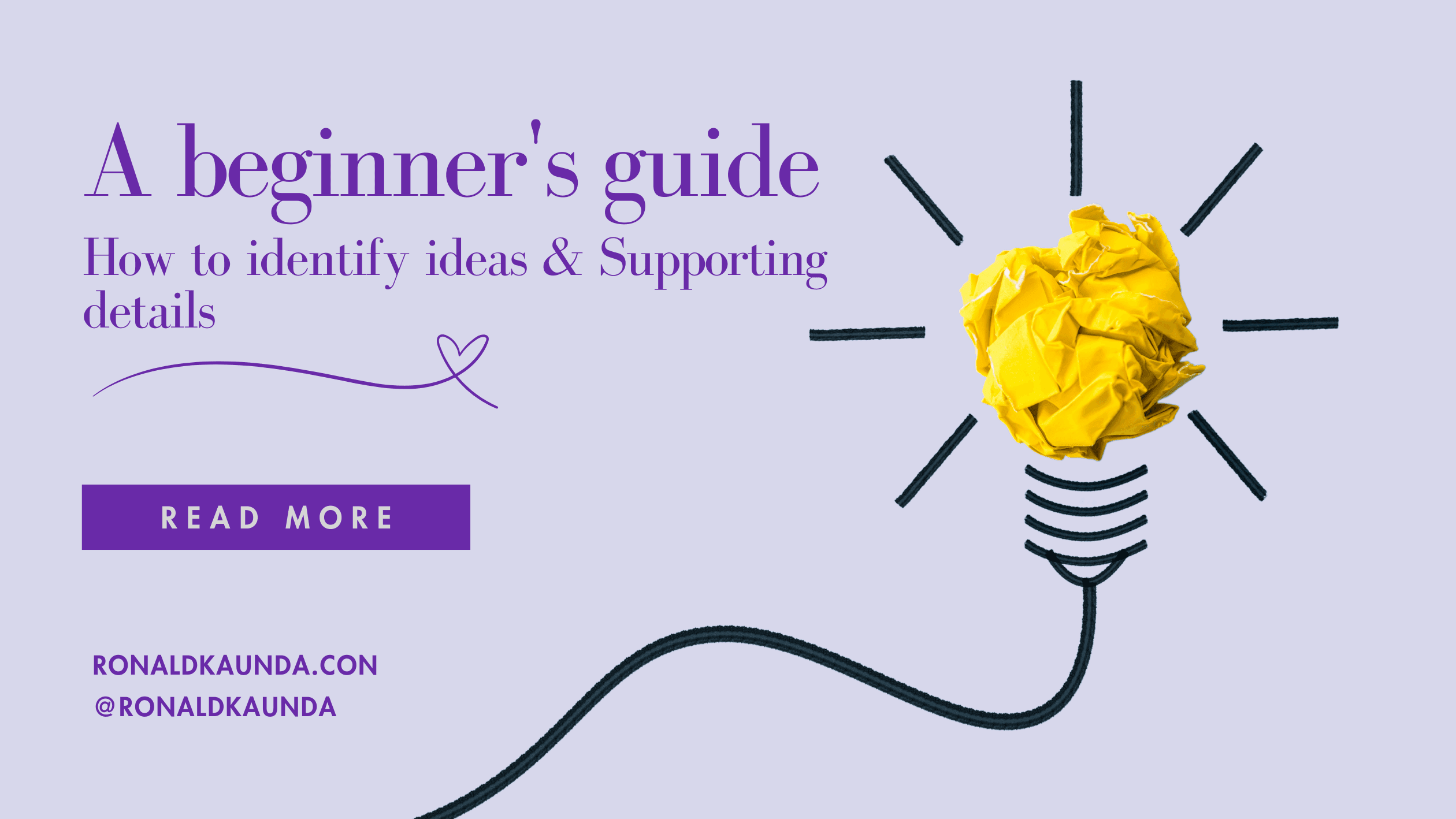
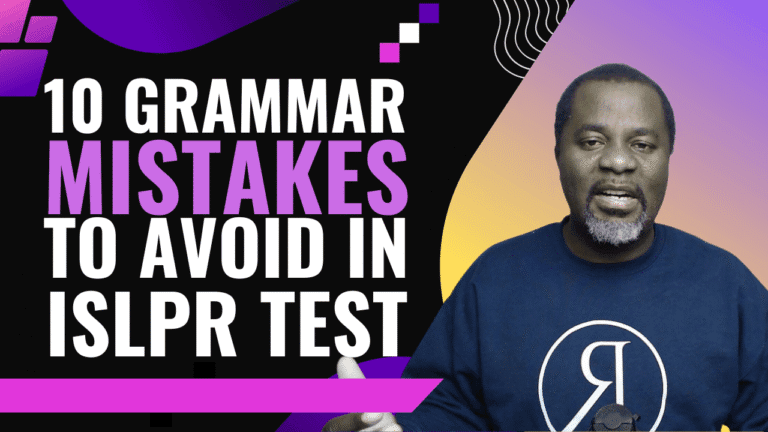
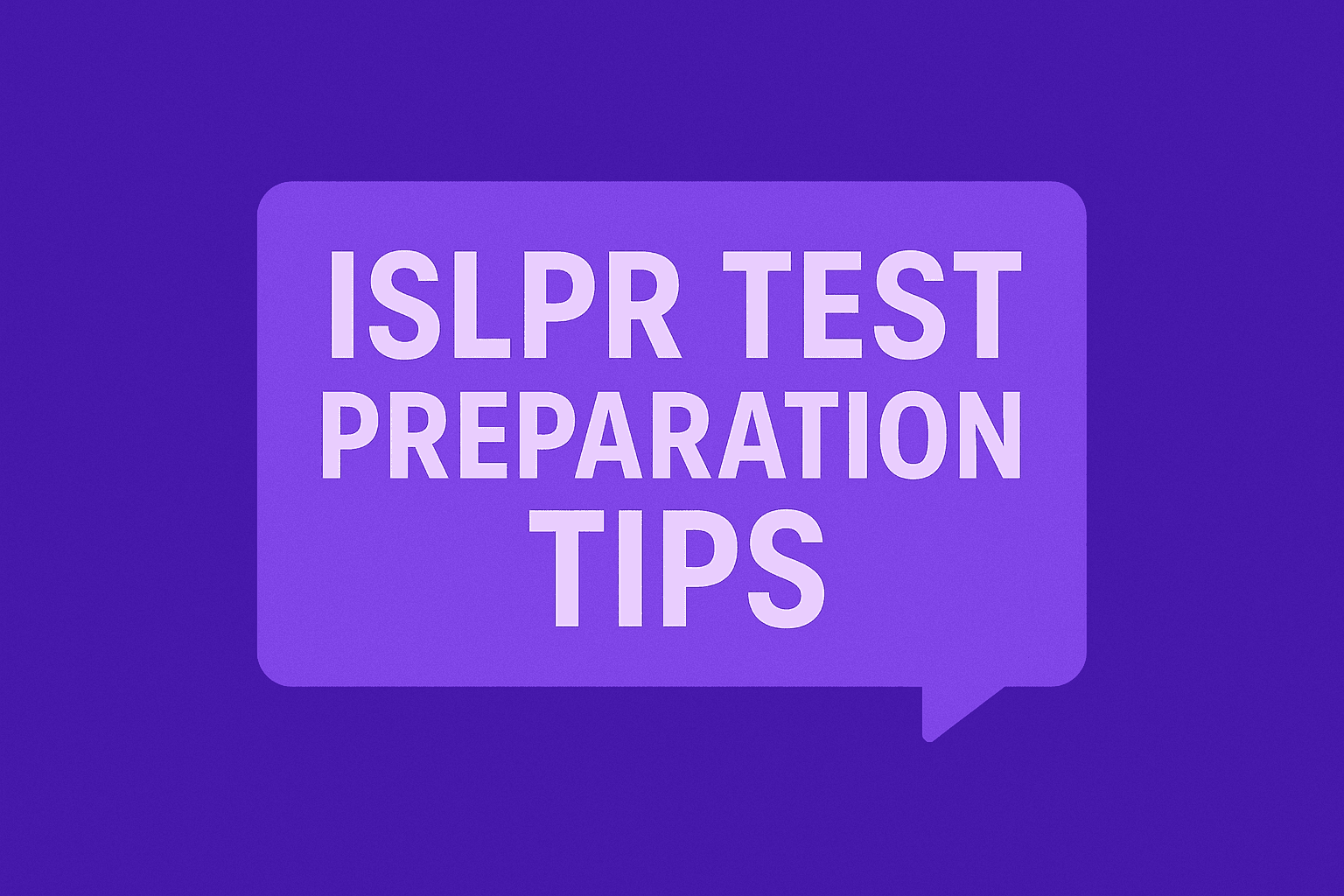

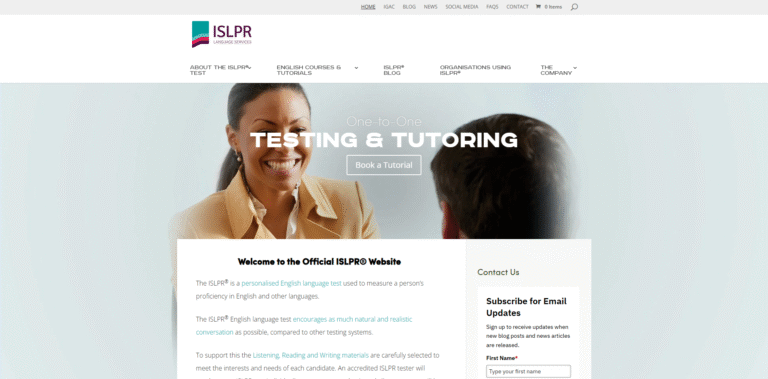


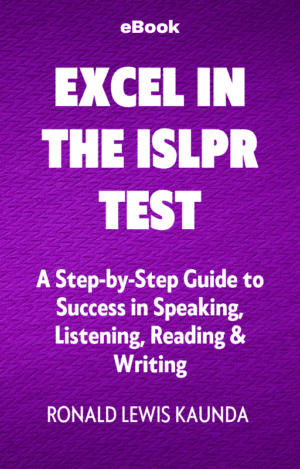 Excel in the ISLPR Test
Excel in the ISLPR Test